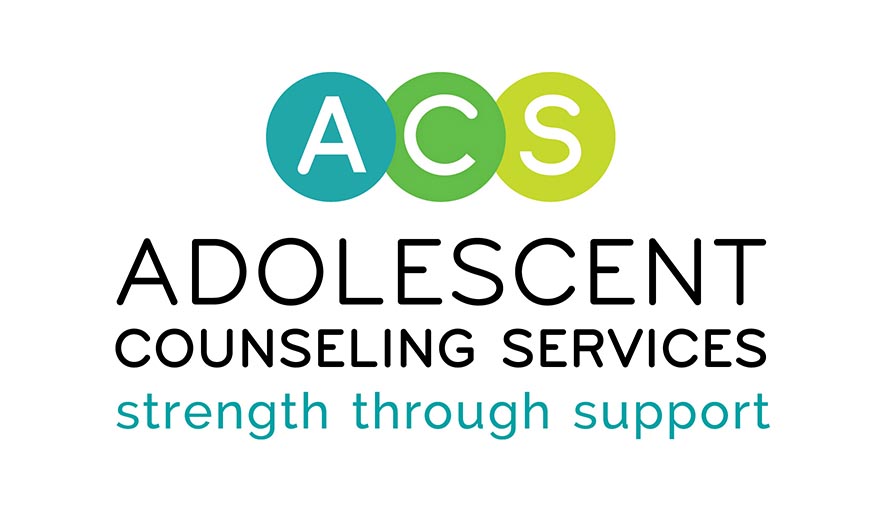Solvent Abuse-What is It?
In ACS’ Adolescent Substance Abuse Treatment Program (ASAT) it is common to hear teens share about the different substances they use to get “high”. Top among these substances are items that can easily be found around the house- solvents/inhalants. Household solvents can be very dangerous if used to get high and the highest risk group is typically teens and tweens.
Explanation of solvent abuse:
Solvent abuse is intentionally breathing in solvents to try to get a feeling of euphoria or a “high.” Solvents are products such as paint thinner, nail polish remover, hairspray, cooking aerosol sprays and glues. The intentional inhaling abuse of solvents was originally called glue sniffing.
Solvent abusers can be of any age, but the highest risk group is thought to be between 11 and 16. Younger people may first experience sniffing solvents to get high with friends before developing a habit of abusing a particular solvent on their own. Household products are often easy as well as cheap for young people to obtain, so parents have to consider that solvent abuse may be an issue for their child. Signs of solvent abuse include a dazed look to the eyes and slurred speech. A red rash around the mouth is one of the most telltale signs of a solvent abuser.
(Source: http://www.wisegeek.com/what-is-solvent-abuse.htm)
Effects caused by solvent abuse:
Volatile substances are depressants, so they slow down your body’s responses.
The effects vary from person to person and depend on what has been inhaled but use of volatile substances can have a number of different effects:
- Users say it’s like being drunk with dizziness, dreaminess, fits of the giggles, and that it can be difficult to think straight
- People can experience vomiting and blackouts.
- Depending on the substance, it can leave a red rash around the mouth.
- They can cause mood swings, aggressive behaviour and hallucinations.
- It can give people a ‘hangover’ afterwards, giving them severe headaches, feelings of depression and leaving them tired.
Between 2000 and 2008, volatile substance abuse killed more 10-15 year olds than illegal drugs combined. They can kill the first time they are used. Here’s what else they could do to you:
- Sniffing can seriously affect your judgment and when you’re high there’s a real danger you’ll try something dangerous.
- Squirting gas products down the throat is a particularly dangerous way of taking the drug. It can make your throat swell so you can’t breathe, it can slow down your heart and can cause a heart attack. And some users die from passing out and choking on their own vomit.
- You risk suffocation if you inhale from a plastic bag over your head.
- Long-term abuse of solvents has been shown to damage the brain, muscles, liver and kidneys.
- It can be hard to get the amount right. Just enough will give the desired high – a little too much can result in coma. Unsteadiness, disorientation and fainting can all contribute to the risk of accidents which are implicated in a number of the deaths.
- Many are flammable and there is a risk of burns and explosions, especially when combined with smoking.
Mixing gases, glues and aerosols with alcohol can have serious consequences – the effects are increased and can lead to an increased risk of death. (Source: http://www.talktofrank.com/drug/glues-gases-and-aerosols)
Treatment
Solvent abuse should be treated like any other substance abuse issue. Parents can work with their pediatricians and health care providers to determine if their child is using solvent/inhalants and then should contact the nearest rehab facility to work on recovery for this dangerous addiction.
ACS’ Adolescent Substance Abuse Treatment Program offers 12-week and 16-week intensive programs for teenagers suffering with substance abuse issues. To learn more about this program you can go to www.acs-teens.org/asat_program. You can also contact the Director of Outpatient Counseling Services, Connie Mayer, at 650-424-0852 ext 104 or by email at connie@acs-teens.org with questions about the program.
